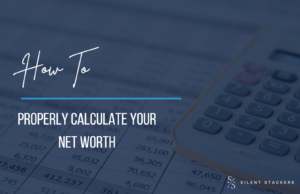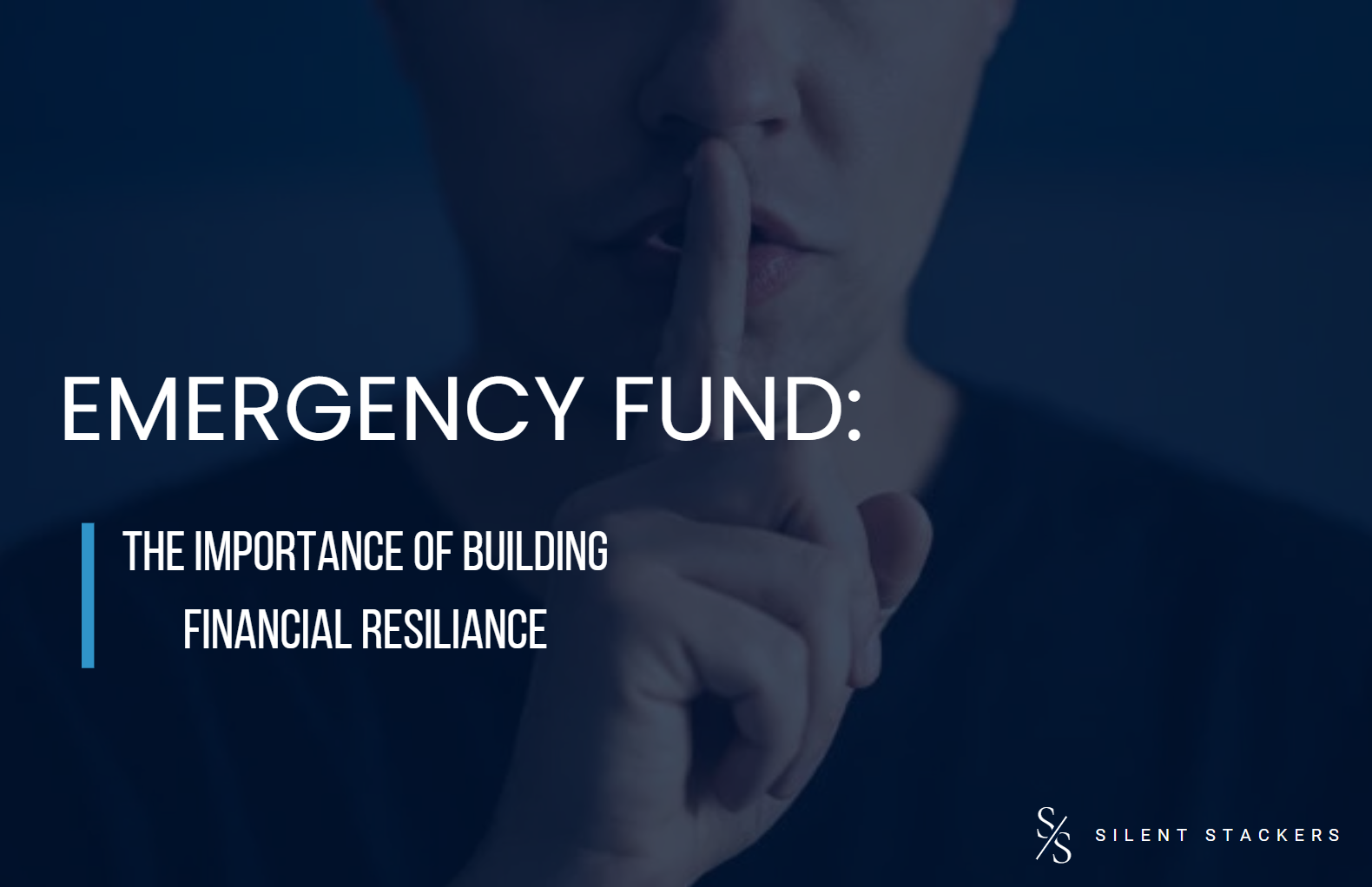Like the income statement, balance sheets are essential to understanding and responding to the financial standing of a business. For those keeping a close eye on their business’s financials, there are few statements that are more important than the balance sheet. Balances sheets offer key insights regarding the health of a business and can be used by:
- Business owners to create an effective organizational strategy
- Employees to understand their process and share in the responsibility of reaching goals
- Potential investors to determine if they should invest in a business or company.
No matter what your position, learning how to read and understand the information in a balance sheet is a necessary financial accounting ability to have. Here is everything that you need to know about understanding a balance sheet.
First Thing First, What Is A Balance Sheet?
A balance sheet is a financial statement that shows how much a business or organization is worth. If you’ve heard the term “book value,” the balance sheet is the document that represents it. The balance sheet demonstrates book value by adding up all of a company’s assets, liabilities, and owners’ equity as of a specific date, often called the reporting date.
Companies typically prepare and distribute balance sheets on a quarterly or monthly basis, along with an annual report. The frequency of balance sheet reporting often depends on company policy or legal requirements.
What Is The Purpose Of A Balance Sheet?
A business owner, investor, or employee can pick up the company’s balance sheet at any time and find a snapshot of their business at any given point. Though every balance sheet shows the same information no matter who is looking at it, the purpose changes depending on the position of the person reviewing it.
When a business leader, key stakeholder, or employee takes a look at a balance sheet, its intention is to provide insight on whether the company or organization is failing or succeeding. With this information, companies can shift their approach and policies to move in the direction they see most fit.
External parties can view the balance sheet for important information regarding whether they should or should not get involved financially with a company or organization. The balance sheet provides insight related to what resources are available to a business and how the company secures financing. Potential investors can use this information to determine if it is a wise choice to invest in the company. Additionally, investors and other external parties can use the balance sheet to calculate important metrics such as debt-to-equity ratio, liquidity, or profitability.
The Essential Balance Sheet Equation
One of the fundamental building blocks of the balance sheet is an equation. This equation tells you how to keep the balance sheet well balanced.
The most common form of this equation is Assets = Liabilities + Owners’ Equity. However, this isn’t the only way to organize the balance sheet’s information. Two other variations of this equation are Owners’ Equity = Assets – Liabilities, and Liabilities = Assets – Owners’ Equity.
The most important thing to remember is that the balance sheet should always balance. If the balance sheet doesn’t balance, there is likely a mistake somewhere in the statement. Usually, errors can be attributed to:
- Incomplete or missing data
- Transactions that have been incorrectly entered
- Errors in inventory levels
- Errors in exchange rates
- Miscalculated amortization or depreciation
- Miscalculated equity
The Three Big Ones: Assets, Liabilities, and Equity
The three main components of the balance sheet are assets, liabilities, and equity. Everything that is entered on the balance sheet gets categorized into one of these three sections. Understanding how each one fits within the balance sheet is essential to correctly completing the statement each time period.
Assets
Assets are anything that is owned by the company and holds a quantifiable value. Businesses can convert these assets into cash if necessary – this process is called liquidation. Assets are usually tallied as a positive on the balance sheet. Assets on a balance sheet fall into two categories – current and noncurrent assets.
Current assets are anything a company can expect to turn into cash within a year. These can include:
- Accounts receivable
- Inventory
- Prepaid expenses
- Cash
- Cash equivalents
- Securities
Noncurrent assets usually include long-term assets. These assets usually aren’t expected to be converted into cash. Noncurrent assets typically include:
- Patents
- Trademarks
- Land
- Brands
- Intellectual property
- Equipment
- Goodwill
Liabilities
Liabilities are the opposite of assets on a balance sheet. A company owns its assets, but a liability is something that is owed. A liability often comes with legal and financial obligations. These are usually tallied as a negative on a balance sheet because it requires money to be paid to a debtor.
Like assets, liabilities are also categorized as current or noncurrent.
Current liabilities have to be paid to debtors in one year and can include:
- Rent payments
- Debt financing
- Payroll expenses
- Accrued expenses
- Accounts payable
- Utility payments
Noncurrent liabilities are long-term obligations and debts that are paid back over a longer period of time. These include:
- Loans
- Bonds
- Leases
- Tax liabilities (deferred)
- Pensions
Owners’ Equity
Owners’ Equity, sometimes referred to as shareholders’ equity, refers to anything that belongs to the owner of a business once their debts and liabilities are accounted for. Remember, Owners’ Equity = Assets – Liabilities. So, the owners’ equity is the residual leftover once liabilities are subtracted from the assets.
There are two key elements included in owners’ equity – money and earnings. Money contributed to the business is often a form of investment sourced from shares. Earnings are generated and retained by the company over time.
The Key To Understanding
The information included on a company’s balance sheet is some of the most essential information for business leaders, investors, and regulators to understand. Understanding how to read and digest all of the key metrics and insights from this statement is crucial for the parties involved. Without this knowledge, how is a company supposed to know whether they are struggling or thriving?







